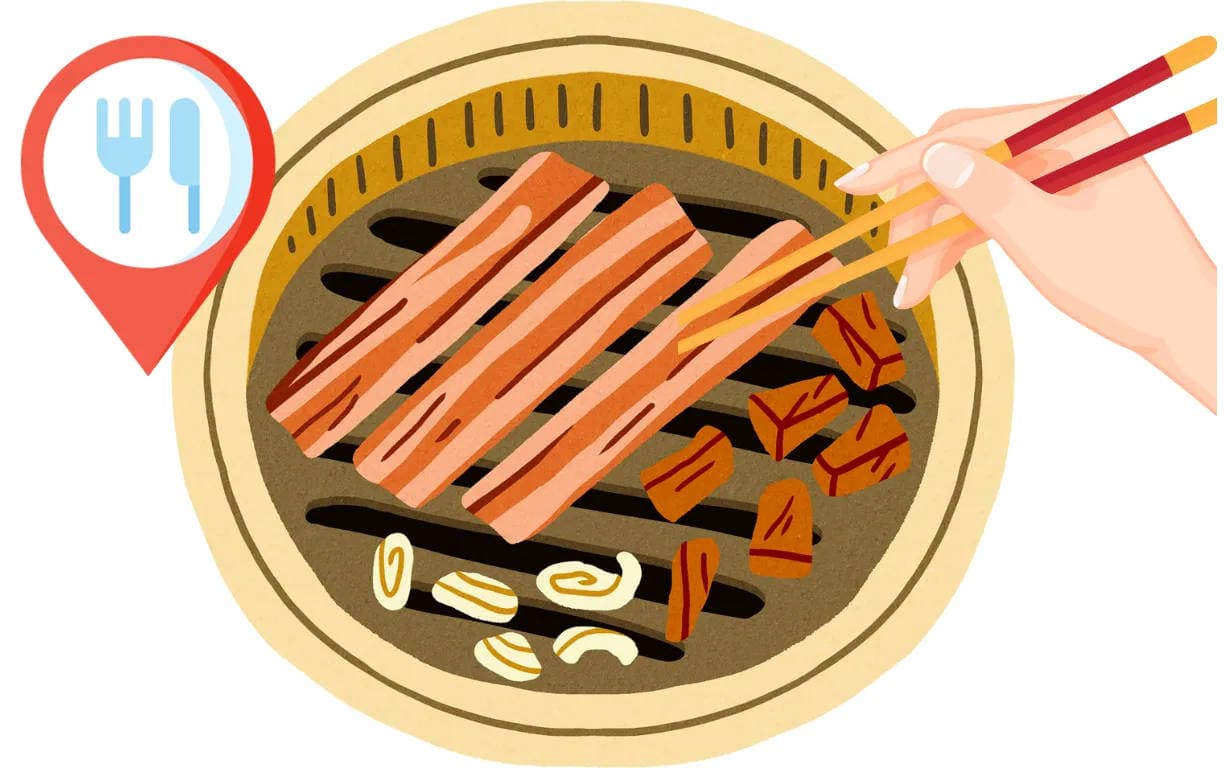
Dining Etiquette in Korea: What Visitors Should Know
If you're planning to eat at Korean restaurants while visiting, it's good to learn about dining culture beforehand. I've put together some basics on Korea's dining culture and table manners.
Don't be afraid to try using simple phrases in restaurants or the two-handed technique for pouring and receiving drinks. It might feel a bit weird at first, but will be fun.
Learn Korean Dining Etiquette with Video
This video comes from the show "Welcome, First Time in Korea?", Episode 53. In it, American visitors go to a restaurant. You get to see what dining out in Korea is like.
Korean Phrases for Use in Restaurants
🛎️ Restaurant - 식당 (Sikdang)
🛎️ Hello - 안녕하세요 (Annyeonghaseyo)
🛎️ Excuse me - 여기요 (Yeogiyo), 저기요 (Jeogiyo)
🛎️ I'll take this, please - 이거 주세요 (Igeo juseyo)
🛎️ I can't eat.. - 저는 ... 못 먹어요 (jeon ... mot meokeoyo)
When using this expression, you can fill in the blank with the specific food you cannot eat:
- Peanut - 땅콩 (ttangkong) ➡️ check out our Peanut Allergy Guide in South Korea🔗
- Pork - 돼지고기 (dwaejigogi)
- Alcohol - 술 (sul)
🛎️ It's delicious - 맛있어요 (Masisseoyo)
🛎️ Thank you - 감사합니다 (Gamsahamnida)
🛎️ I enjoyed the meal - 잘 먹었습니다 (Jal meokeosseumnida)
🛎️ It was delicious - 맛있었어요 (Masisseosseoyo)
🛎️ Goodbye - 안녕히 계세요 (Annyeonghi gyeseyo)
Banchan (side dishes) Is Unlimited
When ordering food at a Korean restaurant, you'll receive many complimentary side dishes along with your meal, including kimchi. In Korean, they are called "banchan (반찬)".
Banchan are completely free and can be refilled without limit. Some places even have buffet-style stations so you can restock yourself. Personally, I limit myself to about 3 refills out of courtesy. Be sure to finish what you take, as leaving food is seen as wasteful. When requesting more, don't forget to compliment the dishes.
🛎️ Side dishes - 반찬 (banchan)
🛎️ Can I have more of this? It's so delicious! - 이거 더 주세요, 너무 맛있어요 (Igeo deo juseyo, nomu masisseoyo)

Some Places Offer Floor Seating
Some casual places have seating directly on the floor instead of chairs. Remove your shoes and sit comfortably on folded legs.
If the floor position is inconvenient, try to sit near a wall or pillar so you can briefly stretch your legs by leaning against the structure.
Water is Provided Free of Charge
Water is typically provided in a pitcher from a water purifier, free of charge. It is unlimited.
Occasionally, in smaller and busier restaurants, you may need to pour your own water from a purifier. Look for the sign "물은 셀프(self)입니다," indicating self-serve water.
🛎️ Water - 물 (Mul)
🛎️ Can I have some more water, please? - 물 좀 더 주세요 (Mul jom deo juseyo)
Korean Utensils Etiquette
Standard cutlery includes spoons and chopsticks, typically placed in a container on the table for you to take. If chopsticks are difficult, ask for a fork.
🛎️ Can I have a fork, please? - 포크 좀 주세요 (Poke jom deo juseyo)
When eating in a group, one person often hands out the utensils to everyone. Especially at work dinners, it's usually the youngest or most junior person by rank who takes on this role.
To avoid utensils touching the table, some people place a tissue on the table and rest the utensils on top. Personally, I just take mine out when the food arrives and put them on my plate.
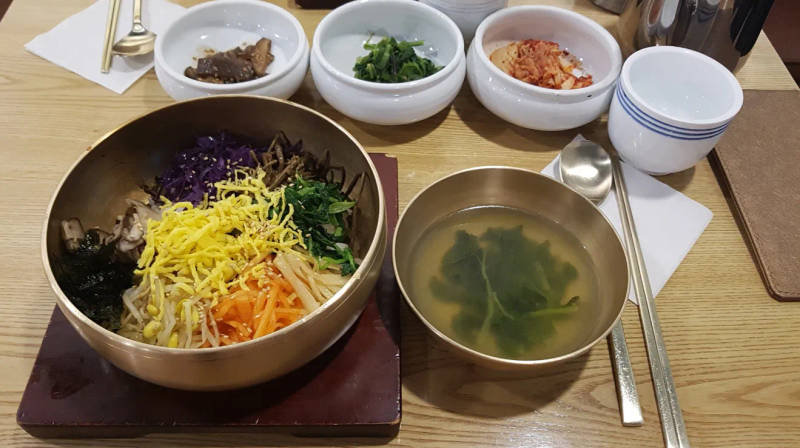
Forbidden Actions at the Table
At regular dining tables, rice is placed on the left and soup on the right. At altar tables for ancestors during memorial services, the positions are reversed. So placing rice on the right side or soup on the left at a normal meal could upset someone or seem disrespectful.
Also avoid vertically sticking chopsticks or spoons upright in rice. This practice is avoided, as there is a tradition of presenting rice with utensils placed vertically during memorial services.
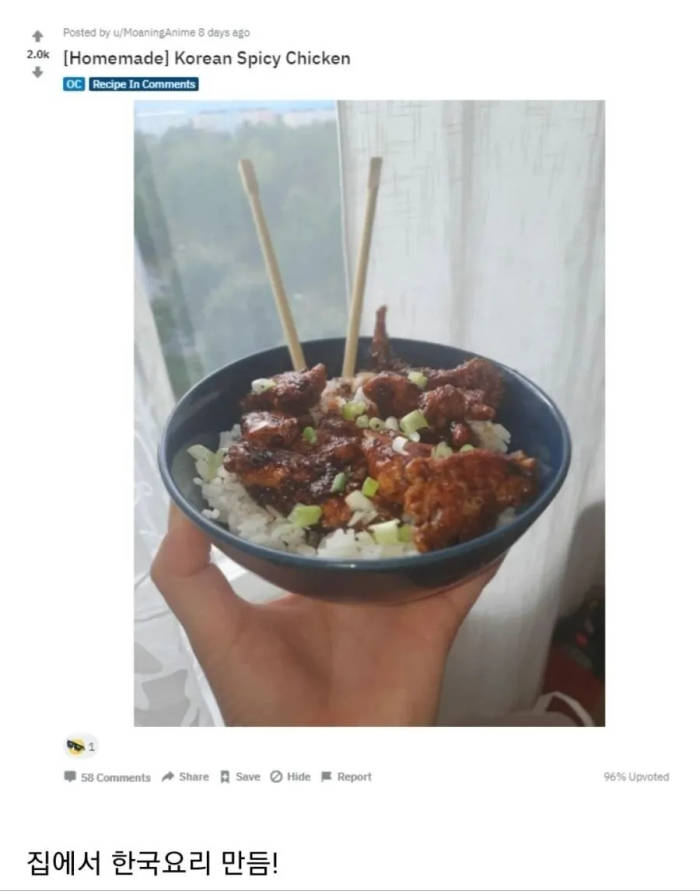
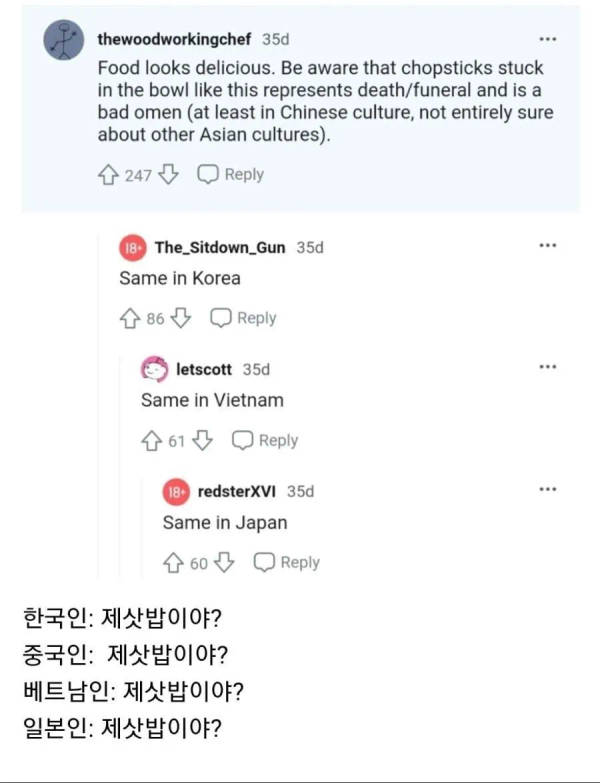
Using Both Hands
When handing something over or receiving an item from someone you do not know well, it is polite to use both hands.
Even when pouring or receiving a drink, especially in more formal or elder company, hold the glass with both hands. If the relationship is more casual, one hand is typically used. It depends on the relationship with those you are dining with.
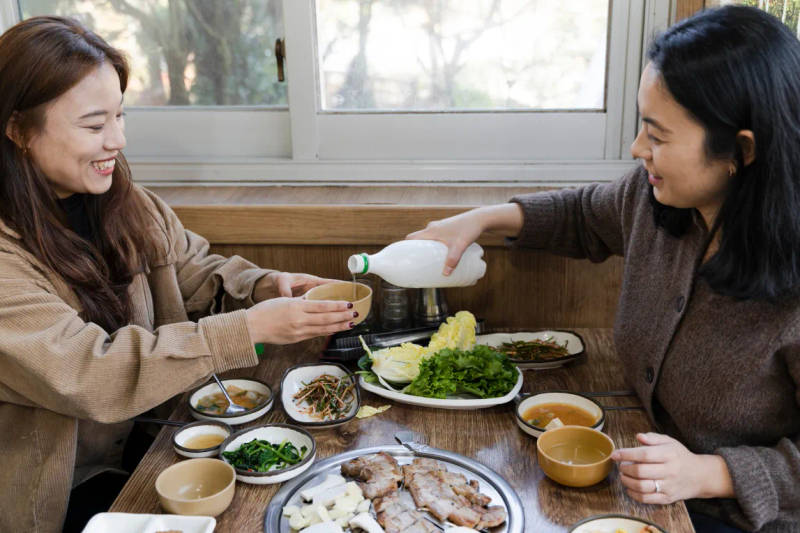
No Tips
- There is no need to tip in Korean restaurants.

Wrap-up
If visiting Korea, you'll likely eat out a lot to experience the cuisine. Understanding koran dining culture makes enjoying Korean food even easier. Also have fun trying some basic Korean phrases.
Be sure to take advantage of free banchan side dishes at every meal. Practice using chopsticks too. Remember rice on left, soup on right. Don't vertically stick utensils in rice. And use two hands when serving or receiving drinks with elders or new people.
I hope you get to sample many delicious Korean dishes and make new acquaintances too. Bon appétit and happy eating!